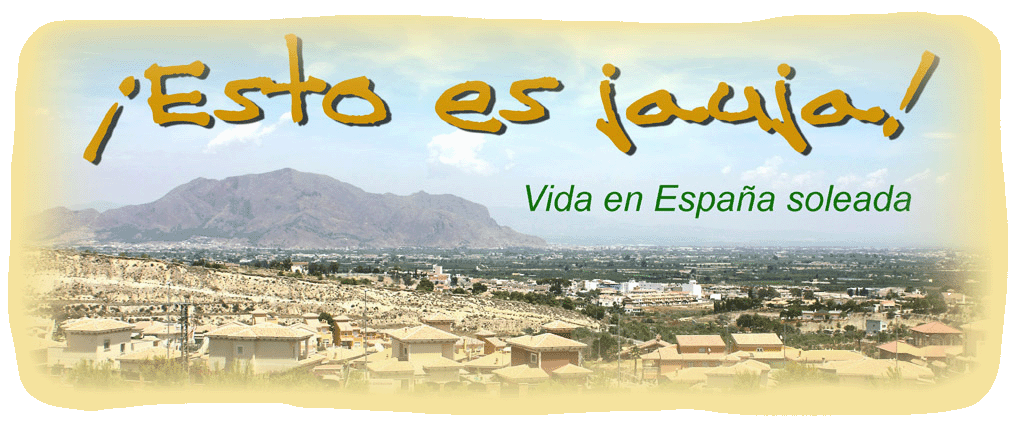In January 2009, Orihuela city council estimated that 2% of the palm trees in the city had been affected by the picudo rojo beetle. They currently believe that 9% or two thousand of the 25,000 trees in the city are now affected.
The areas which have suffered most are on the coast and the banks of the river Segura.
 | The beetle was first found in palms at La Manga del Mar Menor, in Murcia. From there, the plague spread north to the park at PAU 25 and towards Torrevieja where it devastated the new park de Rocío del Mar just 500 metres from the Ferris palm plantation. At the same time, the beetle spread from its breeding ground in Jacarilla along the Segura to the Puertas de Murcia, up to Orihuela and in the opposite direction to Guardamar del Segura. Thirty percent of the palms that the Confederation finished planting along the margins of the river Segura and some of its meanders have been affected. The good news is that the San Antón palm park, one of the most important in Europe has not been affected because the majority of the trees there are date palms. Limited resources mean that Orihuela city council are having to concentrate their efforts on the palms at Santa Lucia and those in the Gabriel Miró public square. |
 | Affected palms in places like PAU 25 and the mouth of the river Nacimiento at Glea de Campoamor (in this picture) have been left for months in spite of the danger that this will allow the insects to spread further. Infected trees really need to be destroyed sooner rather than later but with so many trees affected, this is a mammoth task to undertake. |



No comments:
Post a Comment